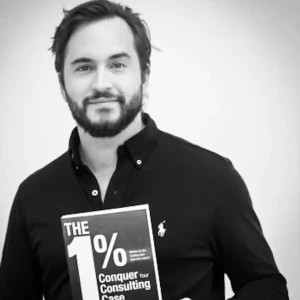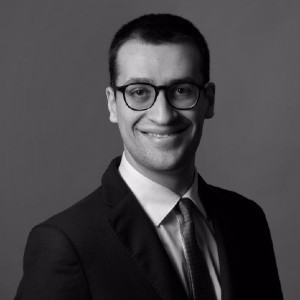Hi there,
An article on PrepLounge suggested the following way to tackle a case:
1) Listen & Clarify
2) Plan & hypothesise
3) Think & gather
4) Structure & Close
How do you do this if the interview is interviewer led (McKinsey?)
For example, see below case: a company in oil & gas has seen its profits decline.
Question 1: What factors may be contributing to the loss of profit? (brainstorming question)
Question 2: you're given two graphs (1 with oil price in market and 1 sales/cost of the departments) and are asked to analyse the causes of profit decline
Question 3: What can client to do increase profitability
These are different questions that are analysed at different moments in the “4 commandments” approach. How can I maintain structure in my analysis, evaluations and recommendations during an interviewer led case?














